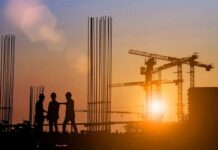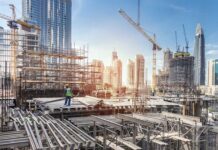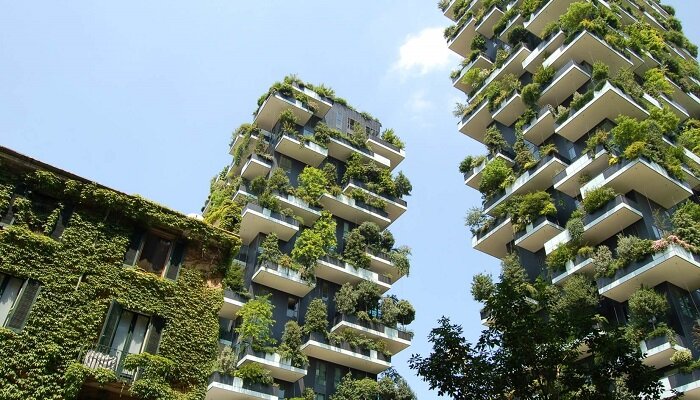The construction sector happens to be at a crossroads, and no wonder it immediately requires a move towards practices that are more sustainable.
The industry being one of the largest consumers when it comes to global resources and also a prominent contributor in terms of environmental degradation, there is indeed a reason to evolve and evolve fast.
This change happens to be driven by a rising awareness in terms of environmental issues as well as strict regulatory demands and also consumer expectations that are indeed shifting, which, apparently, in a way, are driving the industry towards sustainability.
Sustainable construction: an urgency
Pressure, both regulatory and consumer
Governments across the world happen to be tightening regulations so as to curb the environmental effects pertaining to construction by way of setting targets related to carbon reduction as well as stringent compliance benchmarks.
It is well to be noted that in the US, the construction sector happens to be responsible for a large amount of pollution, and as per as defined in a study that’s conducted by Willmot Dixon, construction companies go on to cause almost a quarter in terms of air pollution, half of the overall landfill waste, and 40% of the drinking water pollution.
In a way, a more well-informed consumer base happens to be demanding greener and more sustainable buildings.
The twin pressures happen to be compelling the construction sector to go ahead and innovate as well as transform, thereby syncing their present practices with sustainability principles so as to remain viable and, at the same time, competitive in a world that’s rapidly transitioning.
Worldwide Environmental Impact
The construction sector happens to be playing a crucial role when it comes to the stewardship of the planet’s resources as well as health. It happens to be responsible for almost 40% of the worldwide carbon emissions, as well as an equivalent proportion in terms of energy usage.
The fact is that the extraction, processing, and use of building materials go on to substantially strain the natural resources, hence leading to quite a significant ecological footprint. As the urbanization element goes on to rise, the impact of construction rises as well, thereby making it very critical for the sector to go ahead and adopt sustainable and, in a way, less harmful practices.
Sustainable Construction & Its Benefits
Benefits related to environment
Adapting to sustainable construction methods goes on to significantly reduce the carbon footprint that is associated with building projects. By way of using energy-efficient materials and embracing renewable energy sources, the sector can go on to diminish its direct environmental effects
Furthermore, sustainable construction methods go on to promote conservation of scarce natural resources and look forward to reducing waste generation by way of recycling and reuse, thereby further reducing the ecological effects of construction activities.
Social Advantages
It is worth noting that sustainable buildings go on to contribute quite prominently to the health and productivity of the occupants. Traits such as enhanced indoor air quality, natural lighting, along with better acoustics happen to be very crucial in elevating the well-being of occupants.
Economic Advantages
Sustainability doesn’t only concern making the environment advantageous; it is also beneficial economically. Buildings that happen to be designed and built taking into account sustainability in mind, happen to incur much lower costs pertaining to energy, thereby decreasing long-term operational expenditures.
Such kinds of buildings often go ahead and attract much higher property values and, at the same time, retain marketability as time passes. Moreover, adherence when it comes to environmental regulations by way of sustainable practices can go on to lead to government incentive eligibility and also help avoid the fines that are costly as well as legal issues that happen to be related to non-compliance.
Moreover, the companies that go on to invest in sustainable building practices go on to witness better community relations and happen to be on the path to achieving CSR objectives because of their decreased environmental impact as well as their commitment in terms of societal well-being.




































